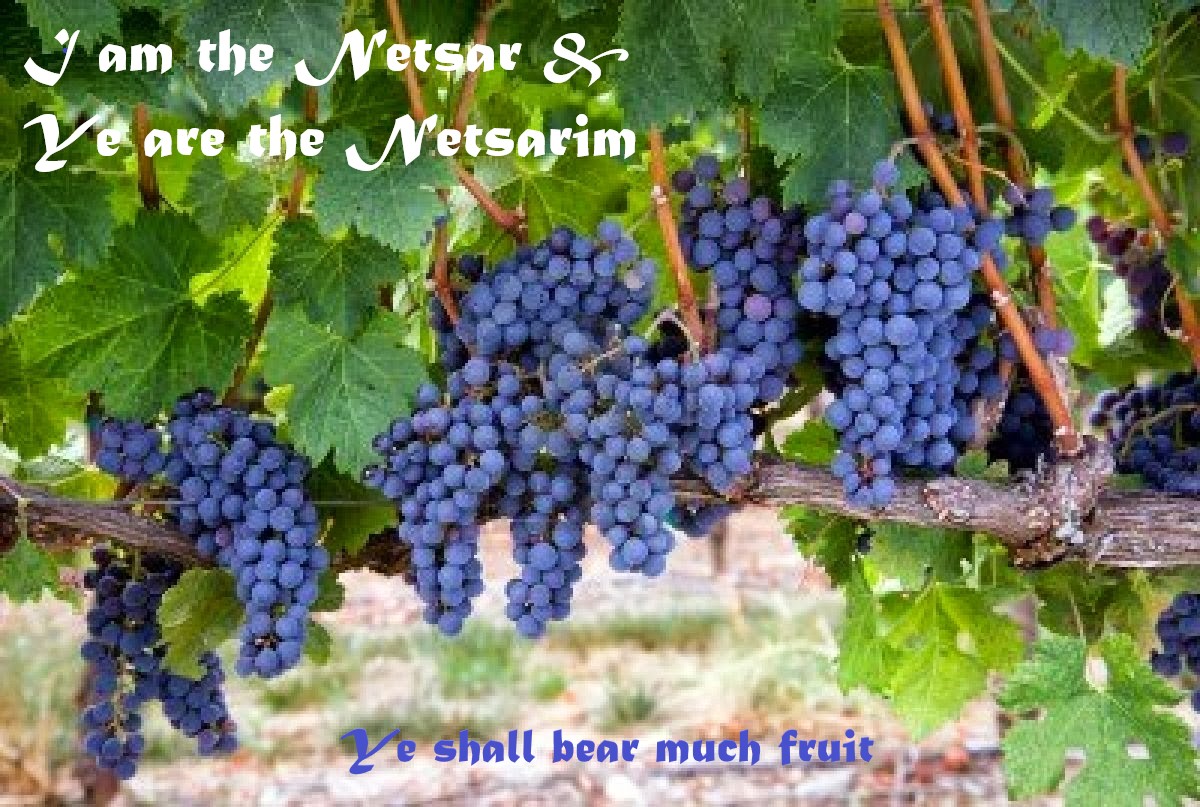John D. Brey
Well-Known Member
One of the great breakthroughs in modern Christian theology is the concept of "dispensationalism." Dispensationalilsm delineates and separates the nation of Israel (as a unique entity in the Tanakh), from the so-called "Church" that develops post-first century CE. In dispensational theology, there's no mixing of Israel and the Church; they're unique spiritual entities with separate identities, foundations, and trajectories. In dispensational theology, the Church isn't a replacement for Israel. Israel is Israel and the Church is the Church; though they both share a direct familial relationship with Abraham and with the writings of the Tanakh. Dispensational theology never reads Christianity or the Church into the Tanakh. For dispensational exegesis, there's no Christian in the Tanakh, no Church in the Tanakh, such that all the commentary of old that confuses Christianity with Israel throughout the Tanakh is anachronistic to dispensational thought.
Though for dispensational thought there's no Christianity or Christian in the Tanakh, there are, nevertheless, types, and allusions to, the possibility of the arrival of a new kind of covenant adopted as the prophesy of the Church. Strict dispensationalists like Col. R.B. Thieme, Jr., and his mentor Louis Sperry Chafer (Founder and President of Dallas Theological Seminary), go so far as to imply that there's not even a direct prophesy of the Church or Christianity in the Tanakh. For them, there are prophesies of the Christ of the "Old Testament," i.e., the Jewish messiah, even perhaps prophesies about him Israel doesn't grasp as of yet, but according to Col. Thieme there's not one single prophesy in the Tanakh that relates directly to the Church, and Christianity.
Despite the value and usefulness of dispensational theology, particularly as it functions to separate Christian doctrine from the tenets of Judaism (leaving Judaism to itself for the most part), nevertheless, even once the Church is thoroughly separated from Judaism and the nation of Israel (expunging Christians from the Tanakh), serious antinomies remain concerning the separation from the nation of Israel (and thus Judaism) that results in Christianity (the Church)? Though Jesus of Nazareth ("Jesus the Nazarene" in the Talmud) is the crux of the issue from whence the separation is affected, neither Christian theology (to include dispensational theology), nor Judaism, thoroughly, doctrinally (or theologically), delineate the seeds that exist in the Tanakh through which the two branches of theological prejudice eventually sprout.
John
Though for dispensational thought there's no Christianity or Christian in the Tanakh, there are, nevertheless, types, and allusions to, the possibility of the arrival of a new kind of covenant adopted as the prophesy of the Church. Strict dispensationalists like Col. R.B. Thieme, Jr., and his mentor Louis Sperry Chafer (Founder and President of Dallas Theological Seminary), go so far as to imply that there's not even a direct prophesy of the Church or Christianity in the Tanakh. For them, there are prophesies of the Christ of the "Old Testament," i.e., the Jewish messiah, even perhaps prophesies about him Israel doesn't grasp as of yet, but according to Col. Thieme there's not one single prophesy in the Tanakh that relates directly to the Church, and Christianity.
Despite the value and usefulness of dispensational theology, particularly as it functions to separate Christian doctrine from the tenets of Judaism (leaving Judaism to itself for the most part), nevertheless, even once the Church is thoroughly separated from Judaism and the nation of Israel (expunging Christians from the Tanakh), serious antinomies remain concerning the separation from the nation of Israel (and thus Judaism) that results in Christianity (the Church)? Though Jesus of Nazareth ("Jesus the Nazarene" in the Talmud) is the crux of the issue from whence the separation is affected, neither Christian theology (to include dispensational theology), nor Judaism, thoroughly, doctrinally (or theologically), delineate the seeds that exist in the Tanakh through which the two branches of theological prejudice eventually sprout.
John
Last edited:


